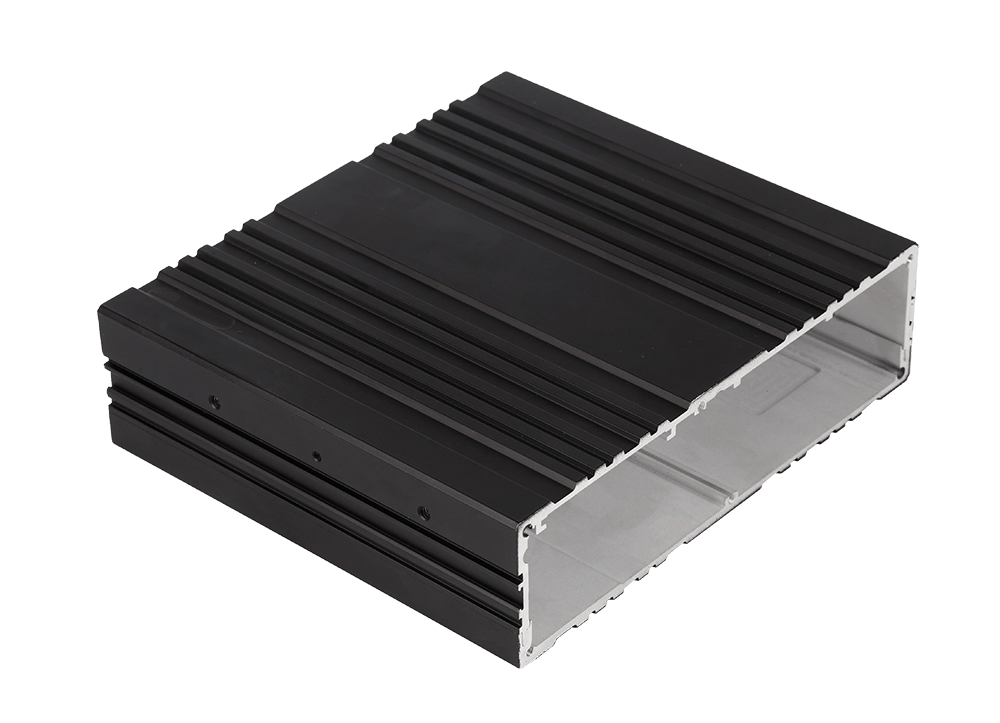Time:2023-04-12 Preview:
For rough processing, because the amount of processing that needs to be removed is needed, the amount of knife and the amount of feed is large, and more heat will generate when cutting. At this time, the tool will be worn by high temperature acceleration, and the workpiece will cause heat deformation due to high temperature.
Therefore, the cutting fluid that needs to be used must have better cooling performance. The most suitable use of water -based cutting fluid is the most suitable. Although the lubrication effect of the water -based cutting fluid is poor, the heat transfer effect is better, preventing high temperature smoke, and causing fire.

For precision processing, the main point of processing is based on accuracy, and the amount of cutting is small. At this time, the frictional thermal energy between the tools and the workpiece is low. You only need to ensure lubrication to effectively improve the precision of the workpiece. Therefore Cutting fluid. The lubrication performance of the oil -based cutting fluid is better, and the cooling effect is poor. Generally speaking, the cutting speed is lower than when used.
The correct use of cutting fluid is essential for machine processing enterprises. It ensures that the workpiece is stable to a certain extent, will not deform, and can improve the production efficiency of machine processing.
 Related News
Related News· How to deal with the surface defects of metal die castings ·Walking before precision machinery processing ·CNC vertical processing center advantages analysis ·International first -class CNC processing center brand ·Generally speaking, the CNC machining process mainly includes the following contents ·Analysis of the treatment method of professional CNC processing parts? ·Fault analysis and exclusion of computer carving machines ·CNC industry application ·How to check the raw material performance of stamping hardware processing technology? ·The role of digital servo system


